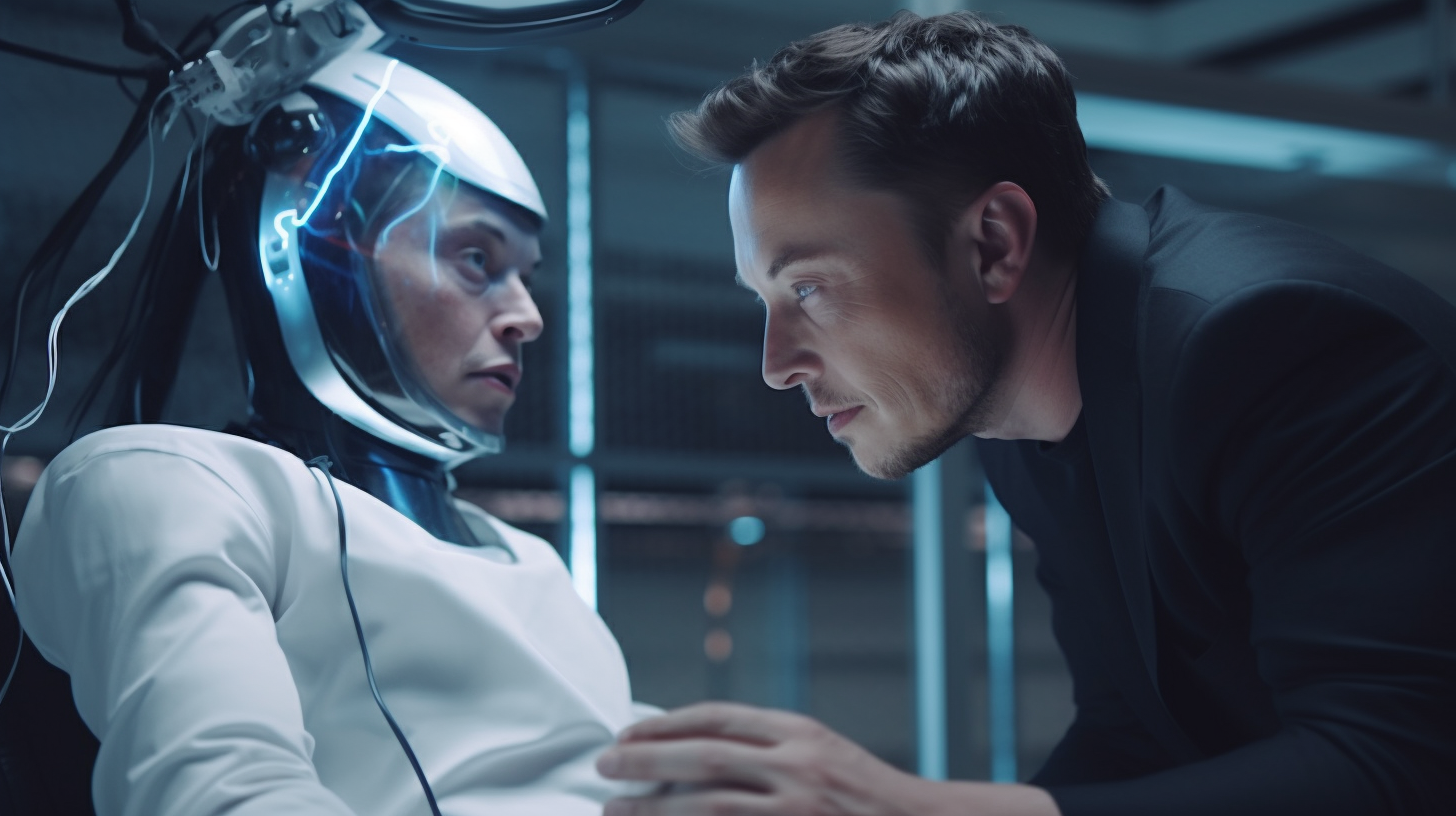Elon Musk’s brain-computer interface company Neuralink announced this week it has conducted the first-ever implant of its device in a human subject. While details remain scant, the news serves as a milestone for a technology some believe could transform human capability. For tech investors, Neuralink’s progress stokes excitement but also uncertainty around the winners and losers in an era of enhanced humans.
Neuralink aims to develop a brain implant allowing paralyzed patients to control devices with their thoughts and able-bodied people to digitally communicate at speeds faster than speech. The first implant surgery comes after years of animal testing and brings the possibilities closer to reality.
According to Musk, the anonymous volunteer patient is “recovering well” and initial results show “promising neuron spike detection” from the 1024 electrode threads inserted by a surgical robot. The goal is for the implants to interpret brain signals, replacing the need for physical movement to operate computers or smartphones.
While the current trial is focused on quadriplegic patients, the ultimate vision is a technology so seamless it augments natural brain function. With the ability to download information directly into the brain, Neuralink promises a future where humans can achieve computer-like efficiency.
Leaps Forward, Ethical Debates
To technologists, successfully reading and transmitting neural signals brings humanity to the brink of a productivity revolution. Brain enhancement could elevate human potential and economic output, feeding into further innovation and growth.
However, developers must tread carefully given sobering lessons from the smartphone era’s negative effects on mental health. Addictive potential and unintended consequences abound when tampering with humanity’s most complex organ.
Investing Implications
For stocks, Neuralink’s progress exemplifies the promise and peril of emerging technologies. Huge opportunity exists as brain-computer interfaces enable new industries and services. But ethical debates or setbacks could also derail optimism.
The saga of Meta’s metaverse ambitions is instructive. Despite billions invested, underwhelming VR technology and idealistic vision have sunk the stock. Neuralink requires immense scientific progress to become reality. Any stumbles or loss of faith in the vision could rapidly deflate hype.
Yet some secular growth trends appear inevitable. Neuralink-inspired advances will boost artificial intelligence capabilities, a priority for giants like Alphabet and Amazon. Cloud infrastructure and high-performance computing demands will accelerate. Medical device makers and chip developers enabling products like Neuralink will see new markets open.
But more speculative ideas or overvalued stocks could crumble on the slightest speedbump. Investors must differentiate between progress and promotional hype. In biotech, this means focusing on companies with robust, diversified drug pipelines rather than single-product moonshot bets.
Betting on Musk himself is dubious given the seesawing markets have experienced around Tesla and Twitter. While his cult of personality propels cash into his ventures, realistic timeframes and execution risks are higher than perceived.
Ultimately, Neuralink is emblematic of both the transformative potential and inherent volatility of disruptive technology. Its first human application sparks excitement, but a measured approach accounts for hurdles ahead. Investors can embrace futuristic optimism while grounding in reality.
